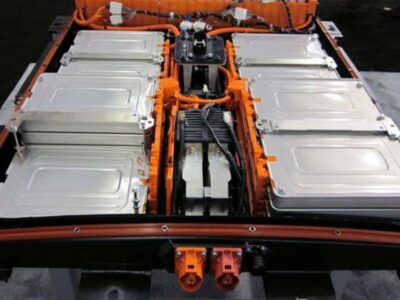One important thing you need to consider when upgrading or restoring your car is the cooling system. Without the fan, the cooling system can’t function. Fans may seem insignificant in the engine, but they circulate air through the radiator and other parts to prevent overheating.
Choosing the right fan to use in your radiator can be difficult because they come in various models and styles. Therefore, before buying champion radiator cooling fans, here are some things you need to consider:
- Puller Vs. Pusher Fan
The type of fan that you select should serve its intended purpose well. That’s why you need to decide whether you want a puller or a pusher fan. The pusher fan circulates air through the radiator core towards the engine and can be a great option. However, it may restrict airflow.
On the other hand, a puller fan is installed behind the radiator and pulls air through it. Unlike the pusher fan, it has less impact on airflow and gives more cooling capacity.
- The Amount Of Heat Being Generated
The heat generated by your engine or systems is another factor you need to look into when choosing a fan. If your system has components like processors, microcontrollers, MOSFETs, and FPGA, it’ll consume more power and generate more heat. If the heat escalates to uncontrollable levels, it may damage components within the system. To prevent that from happening, you need a fan that circulates more air.
- Know The Optimum Airflow
Most fan companies sell fans that have different airflow and horsepower levels. A good fan needs to be similar to or better than that of your vehicle’s radiator. You can know this by checking the airflow requirements. Engineers recommend using the minimimum cubic feet per minute (cfm) ratings when selecting a fan for a basic radiator.
1250cfm is ideal for a 4-cylinder engine, 2500cfm for an 8-cylinder engine, and 2000cfm for a 6-cylinder engine. Engines having 3 or 2 cubic inches should use fans with 2800cfm or more. Also, an 800 horsepower engine will definitely require more cooling than a 300 horsepower plant engine regardless of the cylinder count. You can know the optimum airflow by checking the recommended horsepower rating.
- Establish A Need
Identifying whether you need an electrical or mechanical fan will also help you buy the correct one. Some people prefer using an aftermarket flex fan or stock clatch fan on their system. However, because engines drive mechanical fans, the fan’s speed will depend on the engine’s RPM. That means that if the engine is spinning at a low rpm, the fan will also rotate at the same speed, and there’ll be less airflow.
Therefore, to counter this problem, you need an electric fan to give the mechanical fan a cooling boost.
- Measure The Radiator
Once you’ve determined the minimum cfm you need, you need to choose a fan that’ll fit the radiator. You can do this by removing the fan shroud and belt-driven fan and accurately measuring the distance between the radiator and engine components. You also need to measure the radiator core because the fan that you select should cover a large amount of this space as possible.
Wrapping Up
Selecting a cooling fan can be a simple procedure if you follow the right steps. These tips can help you get a fan that will keep your radiator and engine system as cool as you want it.








Comments